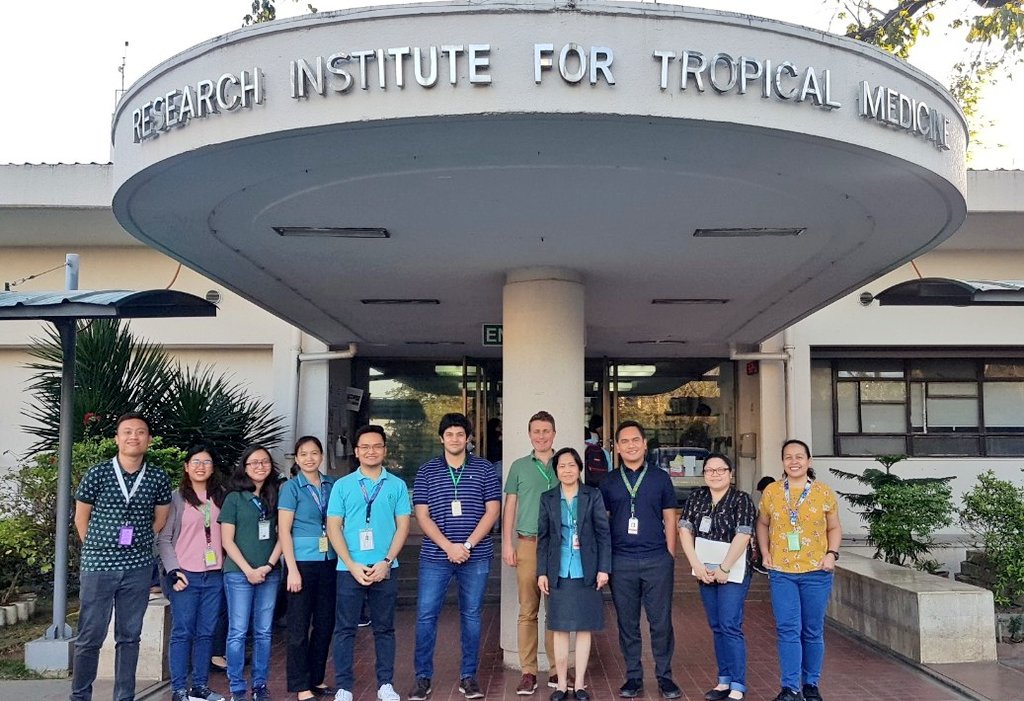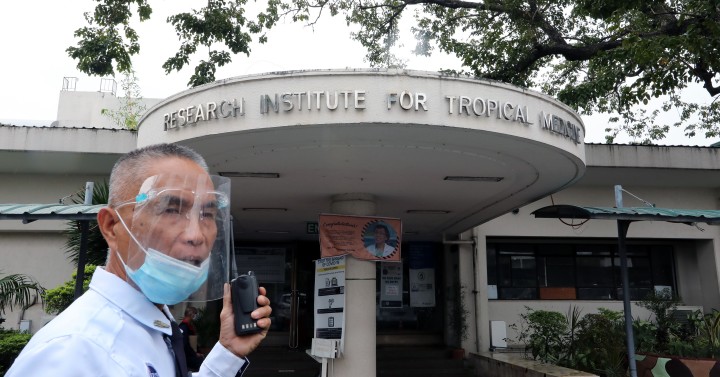MANILA, Philippines — The Philippines’ Department of Health said Thursday that it is working on the precise identification of isolation facilities for possible monkeypox cases.
The DOH stated in a message to the media that the focus of its Field Implementation and Coordination Team and the One Hospital Command Center (OHCC) is to ensure that isolation facilities comply with standards.

During the activation of Doors 1 and 2 of the DOH’s four-door alert system, the Research Institute for Tropical Medicine will be the primary isolation facility for suspect, probable, and confirmed monkeypox cases, according to the department’s guidelines. The implementation of travel restrictions and prohibitions is referred to as Door 1, while screening, testing, and quarantine at points of entry is referred to as Door 2.
The FICT and the OHCC will designate regional isolation facilities or hospitals that serve other international ports of entry.
In the event that Doors 3 and 4 are triggered, all government hospitals will prepare a space for isolation and treatment facilities. The execution of the Prevent-Detect-Isolate-Treat-Reintegrate methods is referred to as Door 3, and the improvement of health and key capability and systems is referred to as Door 4.
“Cases shall be immediately isolated in a private room, preferably with negative air pressure, until signs and symptoms have been resolved,” the DOH said.
Monkeypox has yet to be discovered in the Philippines. The agency stated that it is increasing border screening and ensuring that surveillance systems are actively monitoring the issue.
Outside of endemic nations, the number of verified monkeypox cases has risen to hundreds. The infectious disease’s symptoms include fever, rash, and enlarged lymph nodes, which can lead to a variety of medical consequences, according to the World Health Organization.
The monkeypox virus spreads to people by direct contact with an infected person or animal, or through contaminated objects such as bedding.







